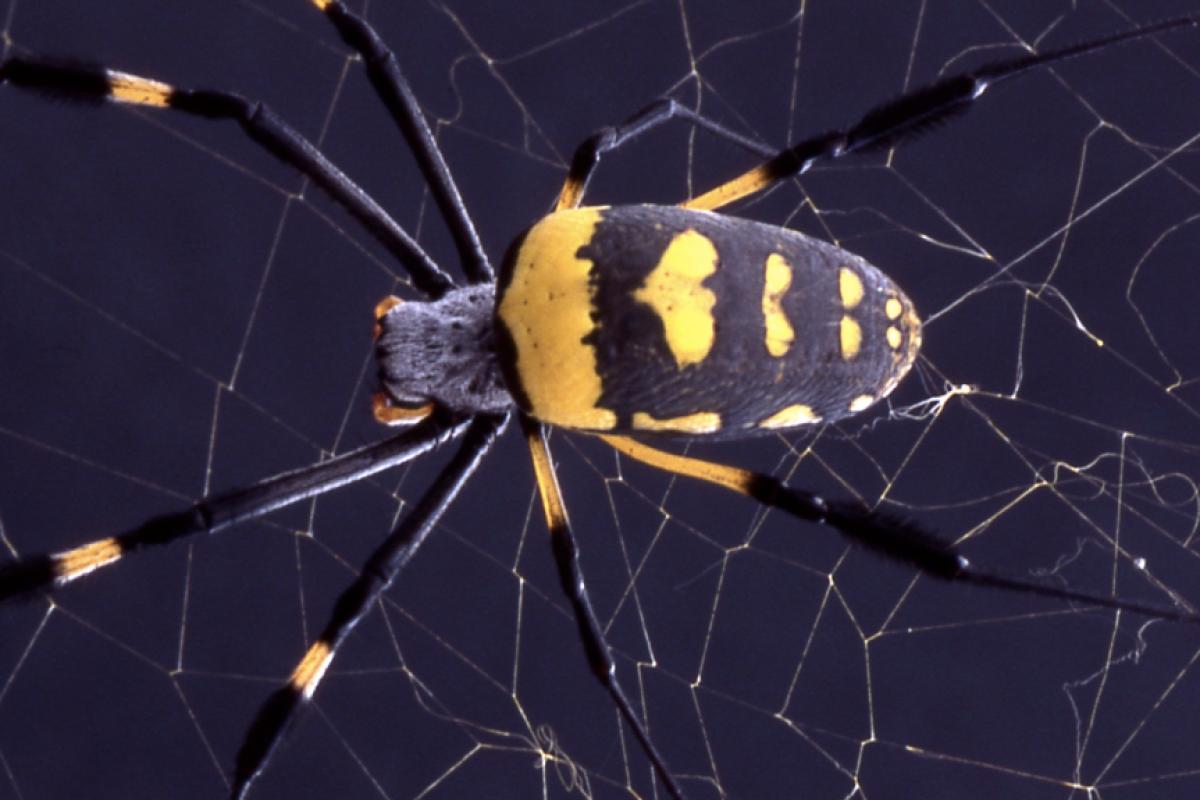Among spider silk's many remarkable properties is its ability to be stretched 40 percent beyond its original length without breaking. Staying in one piece is impressive, sure, but how does a spider's web remain taut after being warped out of shape by winds and intrusive insects? Scientists have now unraveled this little mystery and used it as the basis of a self-spooling liquid wire they say could be used to build small, stretchable structures.
When a spider spins a web, small droplets of watery glue turn it into a sticky, spiraling trap ready to snare assorted flying insects. But these tiny droplets serve another purpose as well, reeling in any loose bits of line like a winch, gathering the excess thread in tiny spools inside and keeping the web tight and tidy in the process.
By studying this clever housekeeping technique, scientists from the University of Oxford and France's Université Pierre et Marie Curie were able to create composite fibers that work in the same way.
Their success was contingent on the delicate balance between the fiber's elasticity and droplet surface tension, and the resulting material could be stretched and then contracted by reeling in excess line inside the tiny droplets. Promisingly, the team also replicated the technique using oil droplets on a plastic filament, finding that this too behaved just like spider silk.
"Our bio-inspired hybrid threads could be manufactured from virtually any components," says the Université Pierre et Marie Curie's Dr Hervé Elettro. "These new insights could lead to a wide range of applications, such as microfabrication of complex structures, reversible micro-motors, or self-tensioned stretchable systems."
The team's research was published in the Proceedings of the National Academy of Sciences, and you can check out the retracting mechanism in the video below.
Source: University of Oxford




